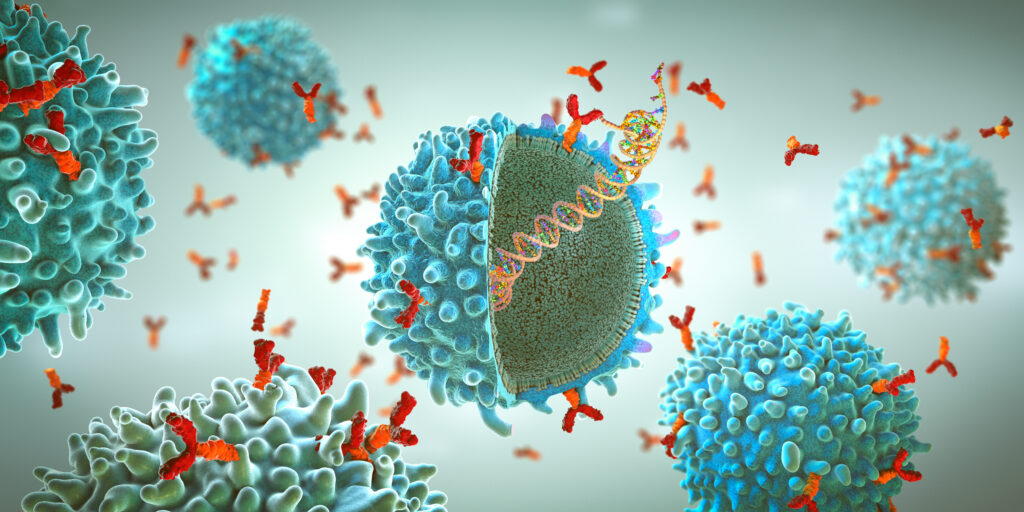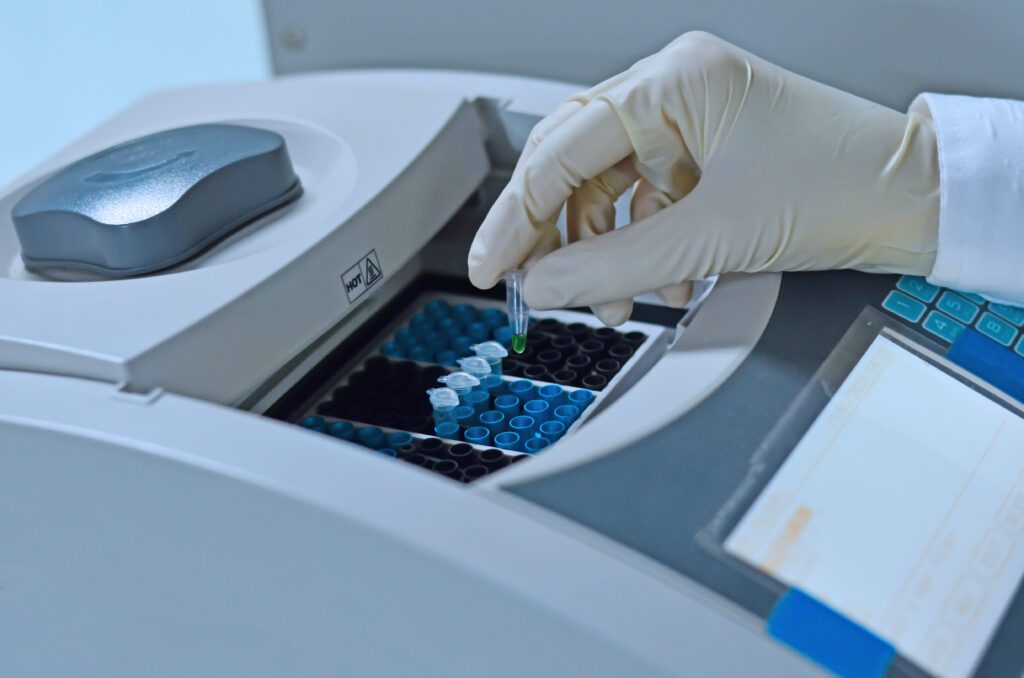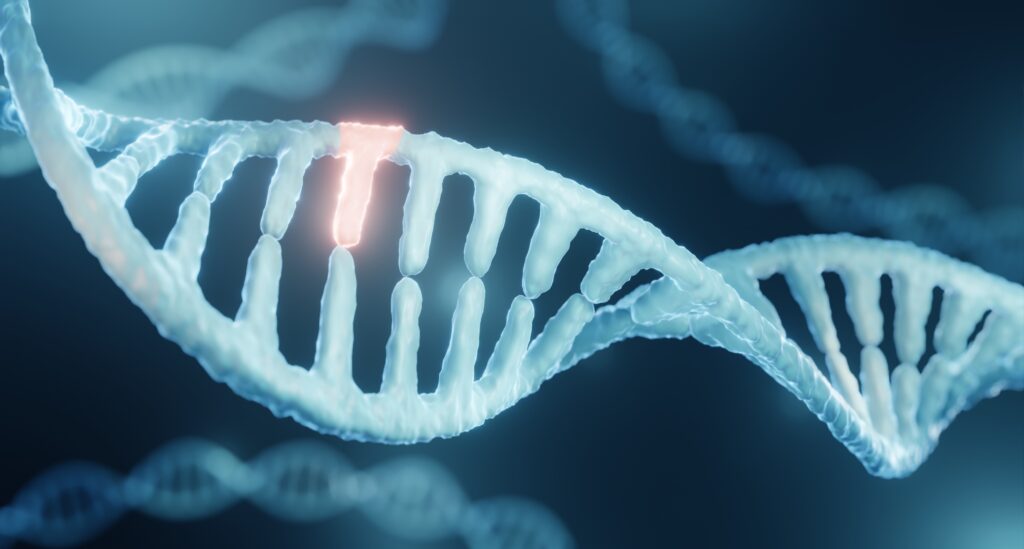
Miller vs. Luskin, Part 1
Dear Readers, Brown University Professor Kenneth Miller has gotten into a little tiffwith Discovery Institute’s Casey Luskin over what I said/meant about the blood clotting cascade in Darwin’s Black Box. This is the first of two posts commenting on that. In Chapter 4 of Darwin’s Black Box I first described the clotting cascade and then, in a section called “Similarities and Differences”, analyzed it in terms of irreducible complexity. Near the beginning of that part I had written, “Leaving aside the system before the fork in the pathway, where details are less well known, the blood clotting system fits the definition of irreducible complexity… The components of the system (beyond the fork in the pathway) are fibrinogen, prothrombin, Stuart factor, and proaccelerin.” Casey Luskin concludes that Read More ›

